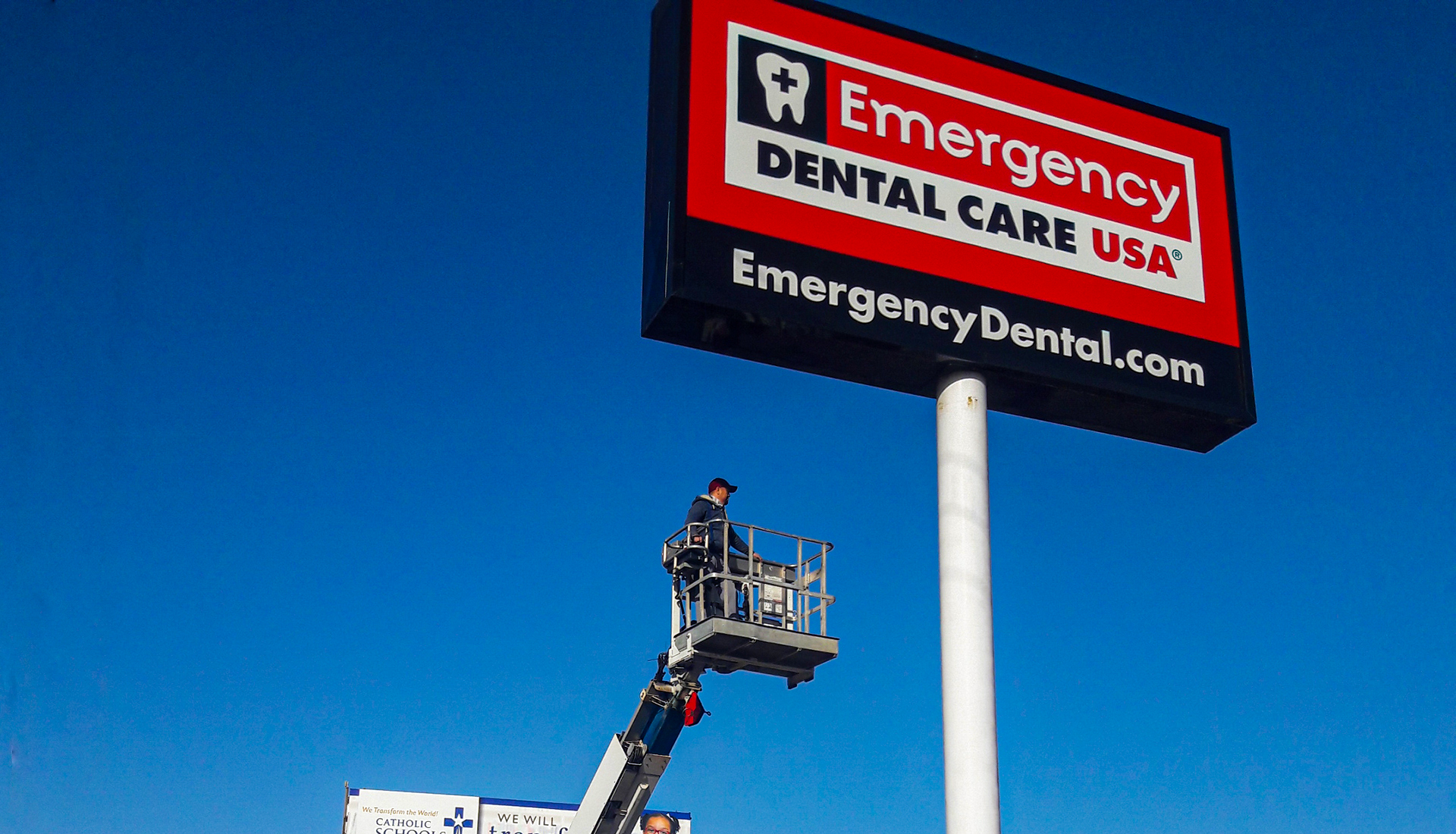
About Us
.
Our Houston sign company has been serving the Greater Houston Area for over 50 years, providing companies with their signage needs.
Businesses all over depend on A to Z Sign Company for total advertising solutions. We use state-of-the-art, computer-aided sign-making systems and techniques to create high-impact, cost-effective signs that produce results that our clients can get excited about.
The best part is that we do it all for you. Many of our clients give us the text they want and, at times, even just the concept they are trying to convey, and we do the entire thing from concept to completion, and all they do is approve the final product and walk away with extra time to focus on their business and its demands.
We are business people with a business mind ready to help you make wise business decisions, and we are compiling the experiences of thousands of businesses before you and the solutions we developed for them to meet your needs. We get very excited to be a part of your project and see your reaction when you realize you have chosen the best of the best to help your business grow.
So, whatever your goal, we can help you design and implement the solution to achieve it! Our customers get noticed, their messages get delivered, and their audiences pay attention to important information. While signs are our business, we know your goal is to boost sales and build your image. So when quality matters, customers rely on the A to Z Sign Shop for their signage needs.



No Comments
Sorry, the comment form is closed at this time.